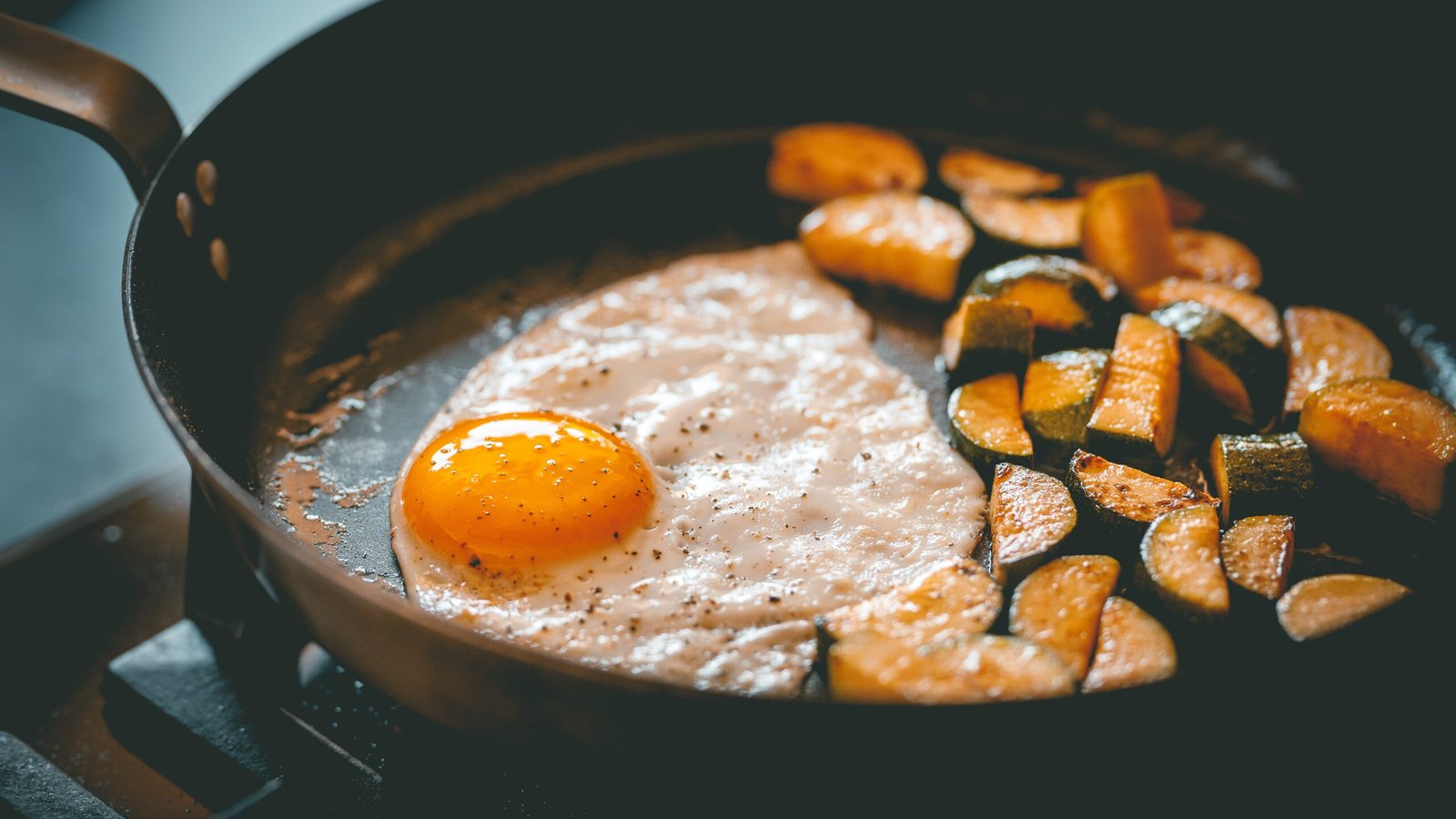Best 4 Ultimate Guide to Non-Stick Cookware
Introduction
In the bustling realm of kitchen essentials, non-stick cookware stands out as a game-changer. From morning omelets to evening stir-fries, the convenience and versatility of non-stick pans make them a staple in kitchens around the world. In this ultimate guide, we’ll delve into the pros, cons, and essential maintenance tips to help you make informed decisions when incorporating non-stick cookware into your culinary arsenal.
Section 1: The Pros of Non-Stick Cookware
1.1 Effortless Cooking
One of the primary advantages of non-stick cookware is its ability to make cooking a breeze. The slick coating ensures that food easily slides off the pan, reducing the need for excess oils and fats. This is not only healthier but also promotes easier food release.
1.2 Easy Cleanup
Non-stick pans are renowned for their easy cleanup. The smooth surface prevents food from sticking, making it a simple task to wipe away residues with a soft sponge or cloth. No more scrubbing or soaking – just swift and stress-free cleaning.
1.3 Healthier Cooking Options
With non-stick cookware, you can achieve a healthier cooking style by minimizing the need for excessive oils or butter. This makes it an ideal choice for those aiming to reduce their fat intake while still enjoying delicious, perfectly cooked meals.
1.4 Versatility
Non-stick pans are versatile kitchen workhorses suitable for a wide range of dishes. From delicate eggs to sautéed vegetables and tender meats, their versatility makes them a go-to choice for various cooking techniques.
1.5 Even Heat Distribution
Many high-quality non-stick pans are designed with materials that ensure even heat distribution. This feature prevents hot spots, allowing for precise cooking and consistent results across the entire cooking surface.
Section 2: The Cons of Non-Stick Cookware
2.1 Durability Concerns
While non-stick coatings have improved over the years, they may not be as durable as some traditional cookware materials. Over time, the coating can wear off, especially if not properly maintained, leading to a reduction in non-stick properties.
2.2 Scratching and Wear
The non-stick coating is susceptible to scratching, which can occur when using metal utensils or abrasive cleaning tools. Scratches not only compromise the non-stick surface but can also expose the underlying material to potential damage.
2.3 Limited High-Heat Use
Non-stick cookware is not suitable for high-heat cooking methods, such as searing or broiling. Excessive heat can damage the coating, releasing potentially harmful fumes. It’s essential to adhere to the manufacturer’s guidelines regarding recommended temperatures.
2.4 Not Induction-Friendly
While there are non-stick pans designed for induction cooktops, not all are compatible. If you have an induction cooktop, ensure that the non-stick cookware you choose explicitly states its compatibility with induction heating.
Section 3: Maintenance Tips for Non-Stick Cookware
3.1 Gentle Utensils
To preserve the non-stick coating, opt for gentle utensils such as wooden or silicone tools. Avoid metal utensils that can scratch and damage the surface over time.
3.2 Hand Washing Recommended
While some non-stick cookware is labeled as dishwasher-safe, hand washing is often recommended to prolong the life of the non-stick coating. Use a soft sponge or cloth and mild dish soap for gentle cleaning.
3.3 Avoid High Heat
To prevent damage to the non-stick coating, avoid using high heat. Medium to low heat settings are usually sufficient for most cooking tasks. Follow the manufacturer’s recommendations for maximum temperature usage.
3.4 Store Carefully
When stacking or storing non-stick pans, place a soft cloth or paper towel between them to prevent scratches. Consider hanging pans on a pot rack to avoid potential damage from stacking.
3.5 Regular Inspection
Regularly inspect your non-stick cookware for signs of wear, scratches, or peeling. If you notice any issues, it may be time to replace the pan to maintain optimal cooking performance.
Section 4: Making Informed Choices
4.1 Quality Matters
Investing in high-quality non-stick cookware from reputable brands ensures a longer lifespan and better performance. Look for pans with multiple layers of non-stick coating and durable construction.
4.2 Consider the Material
Non-stick cookware comes in various materials, including PTFE (polytetrafluoroethylene) and ceramic. Understand the differences between these materials and choose the one that aligns with your cooking preferences and priorities.
4.3 Read Reviews
Before making a purchase, read customer reviews and expert opinions to gather insights into the performance and durability of specific non-stick cookware models. Real-world experiences can provide valuable information.
Conclusion
Non-Stick Mastery for Flavorful Cooking
In conclusion, non-stick cookware is a valuable addition to any kitchen, offering convenience, versatility, and healthier cooking options. By understanding the pros, cons, and essential maintenance tips, you can make informed choices that align with your culinary preferences. Embrace the world of non-stick mastery, and let your small kitchen overflow with big flavors and effortless cooking. Happy cooking!
Read more about Kitchen blog in our CouponEssentials.com
For more information, check out this non-stick cookware on Amazon: https://amzn.to/3HKmzUI

